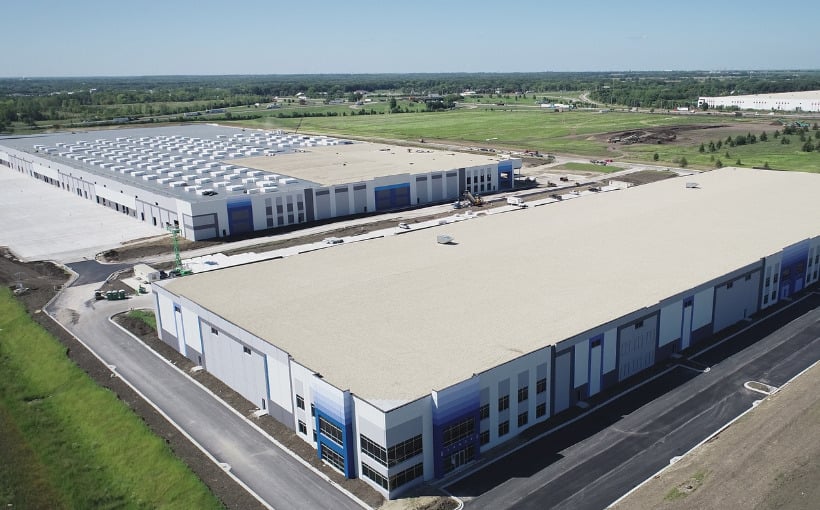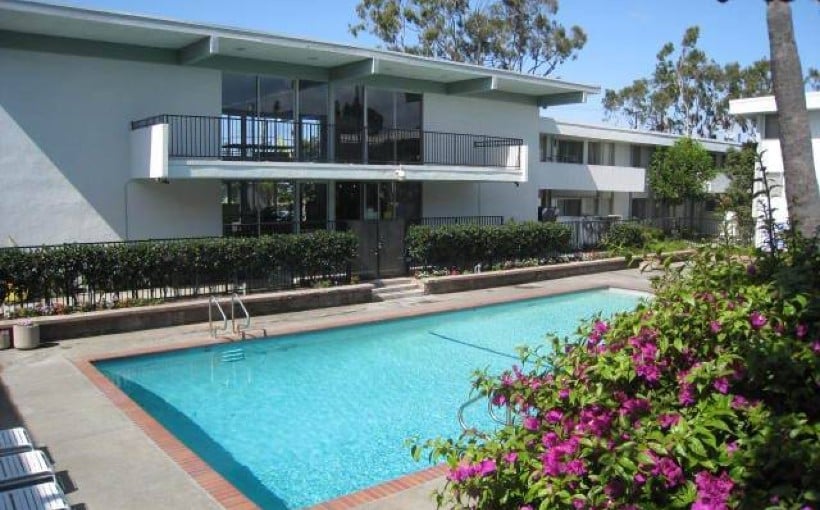The industrial development sector is experiencing rapid growth, despite challenges such as rising costs and market headwinds. This fast-paced environment has also seen changes in owner and user requirements, with a demand for more specialized and smaller facilities delivered within shorter timelines. Connect CRE recently spoke with David Michael, VP of sales at Peak Construction, to gain insight into these trends.
Q: In the past few years, construction costs have been on the rise. Have they begun to stabilize in the industrial sector?
A: Yes, we have seen a significant increase in construction costs and lead times over the last couple of years. However, due to factors such as bank failures and interest rate hikes by the Fed Reserve Bank , we are now seeing some stabilization or even decreases in certain trades’ costs . The chaos surrounding lending practices has resulted in many proposed projects being put on hold or canceled abruptly.
Investors seeking higher returns coupled with rising interest rates have caused delays for new build-to-suit projects that were previously underwritten at current market rates . Lending approvals from banks are taking longer than usual due to struggling loan repayments from previous projects reaching maturity dates . As a result , available funds for new lending are scarce regardless of terms offered by lenders . Although there is still limited supply available , decreasing demand has allowed prices to stabilize or decrease slightly for approved deals that can move forward immediately .
Q: Time plays an important role when it comes to project cost. Are you seeing any innovative construction methods that can expedite delivery?
A: Absolutely! Time management is crucial when it comes to completing any project successfully; therefore , we see more clients relying on our expertise at Peak Construction Company Inc., especially since interest rates continue increasing rapidly every day ! Many developers opt for overtime work hours along with multiple crews working simultaneously towards delivering their projects ahead of schedule while minimizing financial impacts resulting from high-interest loans during prolonged periods .
One major challenge remains regarding public utilities providing essential infrastructure such as electrical power, voice/data, water supply , sanitary sewer systems and road expansions to support new developments . Until these public improvements are completed , temporary generators and other creative solutions are necessary to keep projects running smoothly .
Q: Are you noticing an increase in demand for specialized facilities like data centers or cold storage?
A: Yes, we have seen a rise in the number of specialized facilities being built due to high demand from users. These markets remain hot because there is still a shortage of available products that can meet their unique requirements . Furthermore, funding for these types of projects often comes from large corporations rather than traditional banks or developer asset funds. This allows us at Peak Construction Company Inc., more flexibility when it comes to meeting our clients’ specific needs.
On the other hand , financing challenges continue affecting traditional warehousing development while food processing plants along with cold storage warehouses remain popular among investors due to limited product availability . As a result , there is increased demand for build-to-suit (BTS) properties that cater specifically towards this market segment.
Q: Lastly, what trends do you see regarding warehouse sizes? Is there less interest in big-box warehouses (500k square feet +), and more focus on smaller-sized facilities closer major population areas?
A: We have noticed an increasing trend towards smaller sized warehouses located near major metropolitan areas; sometimes even close enough so they can serve as feeder locations supporting larger manufacturing and fulfillment centers requiring unique material fabrication processes or supply chain management strategies .
While larger distribution hubs tend be situated near coasts where most imports arrive by sea freighters ; inland ports connected via railways also play significant roles when it comes transporting goods across country borders quickly efficiently. Smaller multi-tenant buildings catering mainly urban populations experiencing rapid growth face site limitations coupled with high land prices making them ideal candidates multi-level distribution fulfillment centers designed final mile delivery services using small truck van fleets supplied by semi-truck feeder logistic strategies optimizing delivery times and costs. This trend is also expected to expand into other industries such as food, pharmaceuticals, and refrigerated goods.
Pictured: Rock Run Crossing 2 in Joliet, IL – a project by Peak Construction Company Inc. for IDI Logistics.
The post Q&A with David Michael of Peak Construction Company Inc.: The Changing Industrial Landscape appeared first on Connect CRE .




